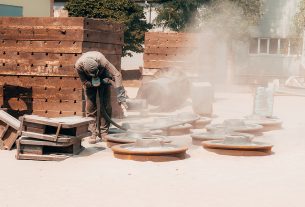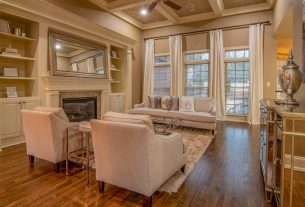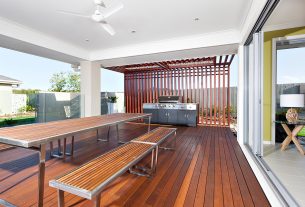At first glance, choosing what type of timber wood flooring you want may seem like a basic decision. However, in reality this is an important choice whose result will serve as the foundation of your home’s look and feel.
From carpet to terrazzo, there are an array of options for what to use for flooring, but Sydney timber flooring is often considered to be the top choice regardless of the home. With its strength and dexterity along with its timeless look, the flooring has become the standard for homes all around the world. Despite this, not all timber wood flooring is made the same; many factors play a role into the functionality and aesthetics of the flooring. Continue reading to explore the different options available and get a better idea of which is right for you.
Should I choose solid or engineered?
In the past, hardwood flooring could only be purchased as planks of wood in their full form. Since then, many companies have expanded their offerings to create a new type of flooring: engineered hardwood.
Engineered hardwood are planks that have a thinner layer of hardwood on the top. This layer is bonded together with other layers in order to prevent any movement when the wood naturally expands or contracts, and thus giving it a better fit.
There are several advantages and disadvantages that come along with each option depending on which one you decide to go with. Solid wood flooring is, as the name suggests, a solid wood plank that is usually between ⅝ to ¾ inches thick. One great aspect of this type is that it can be sanded and refinished many times. This provides you with more wiggle room to make updates or changes as time goes on. There is also a tangible advantage in that there is often a better “feel” with solid wood and it is quieter. A problem with this material is that it can be impacted by humidity so it isn’t recommended for use in basements that are below grade.
Engineered hardwood makes use of a veneer that is glued directly onto layers of wood underneath it. This allows it to stay in place despite the surrounding conditions (this is also why engineered hardwood is placed in basements opposed to solid wood flooring). Over time, there is more stability provided with engineered hardwood which reinforces its longevity.
Should I choose finished or unfinished?
The other aspect of hardwood flooring that you must consider is whether you want it to be finished or unfinished. Unfinished flooring gives you the opportunity to customize its color through staining. Before applying the final finish, you can add a stain that matches your existing flooring or one that will match the rest of the area of the home. This is also a great choice for flooring in kitchens because it does a better job at preventing any open spaces between boards which can eliminate concerns of water damage.
Finished hardwood is different in that the stain along with any last touches have already been applied before arriving at your home. This gives you the added benefit of not having to wait for the flooring to dry before walking on it, however, it gives you less opportunity to customize it to your wants.




